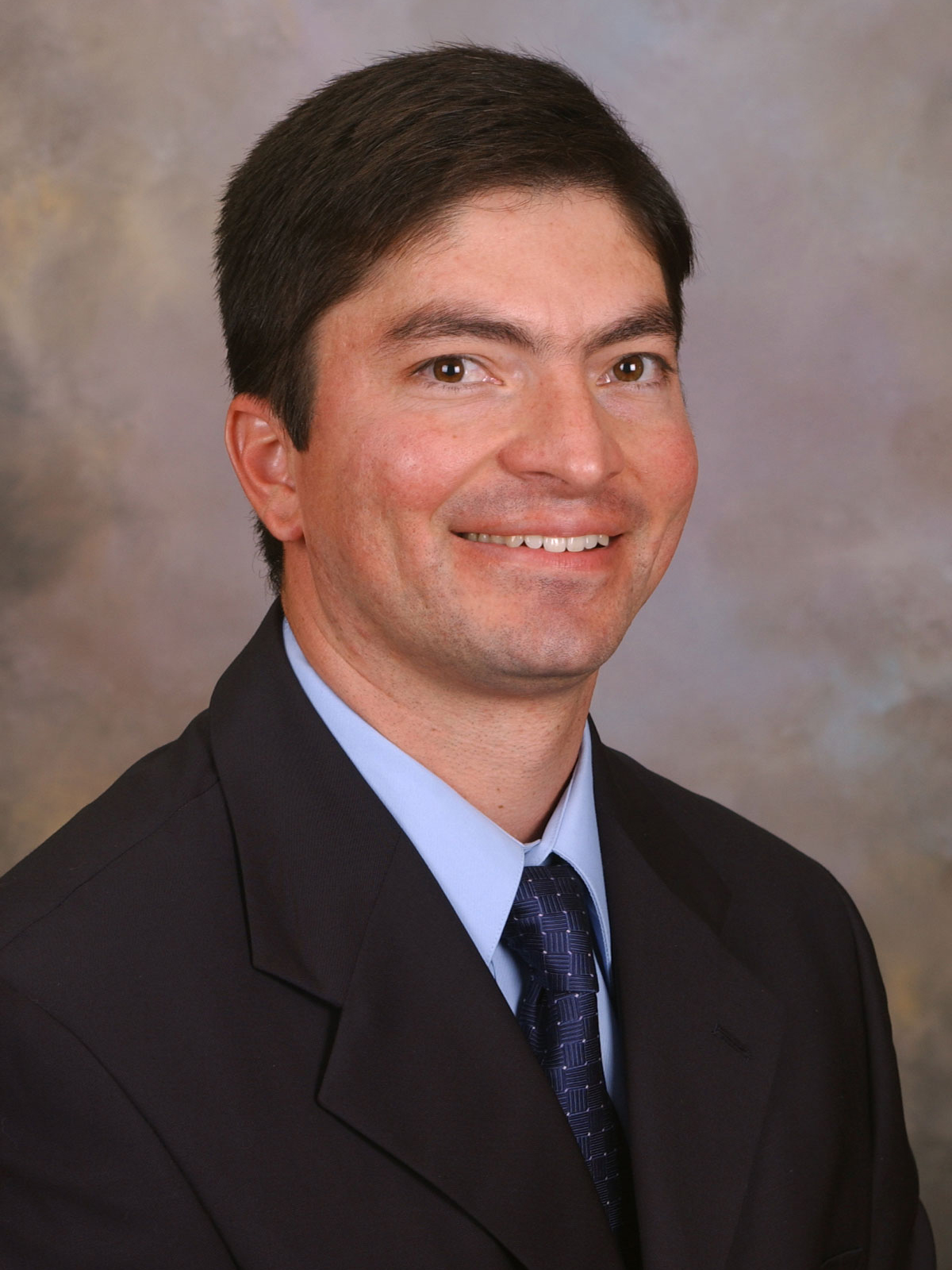Result for: Crops: Corn for grain Corn for silage Soybeans 4R Practices: Metadata Project
Meta-analysis of Phosphorus Fertilizer Placement and Tillage Interaction for Corn and Soybean in the U.S.

Dr. Dorivar Ruiz Diaz
Lead Researcher:
Dr. Dorivar Ruiz Diaz
Professor
Kansas State University
Start Date: 2014
End Date: 2015
Matching Funds
- Kansas Soybean Commission
- Kansas Corn Commission
- USDA-NRCS
- Kansas Agricultural Experiment Station
- Kansas State University Department of Agronomy
Project Summary
Phosphorus placement and interactions with tillage has been evaluated extensively for corn and soybean in the US. Results suggest that placement of P fertilizer can play an important role in early P plant uptake and yield as well as potential P loses to surface water for some soils and tillage conditions. The rate of P uptake per unit of root in corn decreases throughout the vegetative growth phase; and therefore early season P fertilizer applications and placement can be particularly important for optimum plant growth. Broadcast application can result in a more uniform distribution and likely affecting more soil volume. Crops have shown a response for various levels of soil test, including low soil test P (STP) conditions and medium to high STP. However, accumulation of P near the soil surface may result in higher lost potential with runoff; and possible decreased P availability due to increased soil-fertilizer interaction in soils with high P sorption capacity. Broadcast application may be more practical for some producers and suitable for some soils and tillage conditions. However, soils and tillage conditions and the interaction with P application methods should be evaluated with larger datasets and across different soils and environments. Potential P loses with water runoff can be affected significantly by phosphorus placement and tillage. Many studies in the US evaluated water runoff and P loses as affected by tillage and fertilizer. However studies often show different results, which may be due to differences in soils, rainfall amounts and intensities, slope, moisture content, and infiltration rate. Evaluation and summary of the existing literature can help to identify factors contributing to potential P loses in addition to tillage and fertilizer placement. Crop response and P loss potential can be affected by the interaction between soil and tillage factors with P fertilizer placement. Accurate evaluation of these interactions would require large dataset that comprise a variety of soils, tillage and placement combinations.

